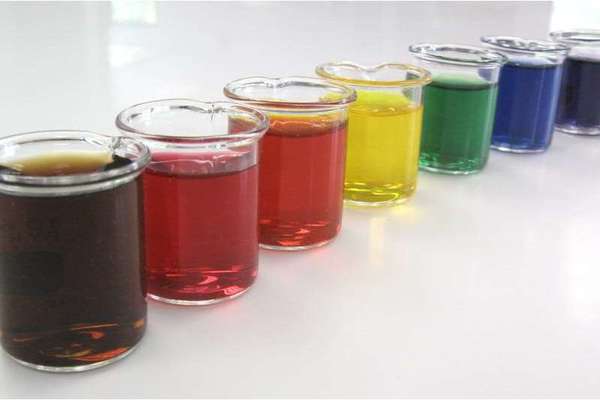
6 Amazing Natural Hacks To Food Colouring
8 Sep 2014 | 3 min Read
Shabia Walia
Author | 11 Articles
One small but significant change you could make in your lifestyle, is to do away with artificial colours in your food. As you might have noticed, most food colours are used for children’s foods to add that zing! Identify the occasions when you bake or cook with artificial colours. Think jalebis, cakes, muffins, cupcakes, gravies, frosting, chocolates etc where you need a bit of colour to make a lasting expression. Has it set alarm bells ringing?
Markets bought artificial colours are made from petroleum and are linked to hyperactive behavioural patterns in kids. In some cases, they are even linked to cancer. Many parents will agree that within minutes of their children consuming artificially coloured foods, their behaviour becomes erratic, unpredictable and difficult. This behaviour change is largely caused by the chemicals used to make the dyes. As a parent, why would you want to disguise a yummy cupcake with these deadly, killing agents?
The easiest way to substitute these artificial colours are with natural ones available at most alternative lifestyle stores. Natural colours are made from natural vegetables and fruits and hence pose no threat to your or, your child’s health. You can even make your own food colours at home. If you are the innovative and enthusiastic kinds, here are some easy ways to colour your foods at home!
1. For green colour, grind up some spinach or parsley leaves and use the juice to colour your food and gravies. Alternatively you could also use liquid chlorophyll, a plant derived colour which is easily available in the market.
2. For a beautiful pink, beetroot juice or beetroot powder is the best option. Pomegranate juice is another option which can be used in desserts or juices wanting a lovely pink or red colour.
3. Red cabbage or grapes give a lovely purple colour to dishes. All you need to do is boil red cabbage for half an hour and use the lovely coloured water into your dishes.
4. Pumpkin and carrots can easily lend an orange colour to dishes. Carrots are naturally sweet and hence can be comfortably used in desserts as well.
5. Cocoa powder, cinnamon, instant coffee granules can easily lend a brown colour as well as add quite a punch to a cake or muffin or even a spicy gravy.
6. Since centuries, Indians have been using saffron and turmeric powder to give a yellow colour to foods.
The only precaution to follow while using food based colours is to not add so much so as to alter the taste of your dish. Also food based colours will give a lighter, paler shade to your foods compared to store bought colours. But if a lighter hue can protect you from the darker side effects of artificial colours, would you really mind?
To read other articles going organic, click here – Organic Vs Natural Foods, Going Organic the easy way, Tips to Clean safely and organically
A


Suggestions offered by doctors on BabyChakra are of advisory nature i.e., for educational and informational purposes only. Content posted on, created for, or compiled by BabyChakra is not intended or designed to replace your doctor's independent judgment about any symptom, condition, or the appropriateness or risks of a procedure or treatment for a given person.
